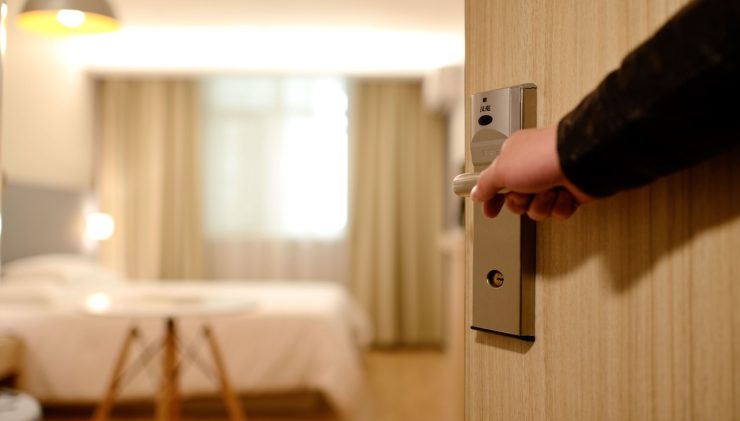 Comprehensive Guide to Hospitality Insurance: Protecting Your Business from Unexpected Risks
Comprehensive Guide to Hospitality Insurance: Protecting Your Business from Unexpected RisksWhen you run a hotel, keeping your guests safe is one of your prime responsibilities. But in this age of cyber-crimes, lone wolf terror attacks, professional theft rings, credit card fraud, and identity theft, that’s an increasingly tall order. Providing a friendly, customer-centric atmosphere without compromising safety is likely the biggest challenge you face.
Everyone in the hospitality industry knows the story of ESPN host and celebrity Erin Andrews. Andrews brought a $75 million suit against a stalker, Michael Barrett, alleging that in 2008, he manipulated the peephole on her hotel room door at the Nashville Marriott and was able to film her while she was nude, then posted the video on the Internet.
The hotel’s management company, Windsor Capital Group, and owner, West End Hotel Partners, were also named in the lawsuit because hotel staff had told Barrett which room Andrews was in and granted his request to be put in the room next to hers. The jury put 51 percent of the fault on Barrett and 49 percent on the hotel’s management company owner, and Andrews was awarded a $55 million judgment.
It was a stunning case that has forced hoteliers to rethink their risk management strategies and the safety-customer service balancing act.
How do you find a balance between providing your guests a friendly, accommodating experience and keeping them safe? Here are seven best practices to keep it all in balance:
- Control access. Keeping guests safe begins with controlling building access. Control room key distribution, station security personnel at key access points, and keep your surveillance system working properly to monitor all public areas.
- Make cyber security a priority. Make sure your business computers and guest WiFi networks are secure, and consider setting up a virtual network to add another layer of security between your servers and potential hackers. Train your staff to be cyber aware and cyber safe.
- Review key card access systems. In this age of evolving cybercrime, a criminal can gain undetected access to millions of keycard-protected hotel rooms with a few pieces of hardware and some minor programming. Have your key card access system checked out for vulnerabilities to hacking or unlawful access.
- Train staff. Hotels are held to high standards when it comes to safety and security, so it’s crucial to train all staff on appropriate security procedures for all high-traffic areas including the lobby, front desk, baggage storage area, guest entry points, valet, and parking lot.
- Educate guests. Ensure your guests understand their safety and security responsibilities, but do so in a way that doesn’t negatively impact their experience. Have front desk clerks provide helpful reminders and consider leaving security information as part of the welcome packet in the hotel rooms.
- Patrol public areas. Security cameras are a good deterrent, but when possible, have security personnel or a staff member occasionally patrol public areas and offer to escort guests to and from the parking lot.
- Give security personnel a friendly face. You don’t want your security personnel walking around in fatigues and riot gear and carrying assault rifles. Give them a customer service role and dress them in business clothing to blend in and be more approachable.
As Warren Buffet says, “It takes 20 years to build a reputation and five minutes to ruin it.” Just one act of crime on your hotel property can give your brand a black eye and take a bite out of your bottom line.
Need help finding your ideal safety-customer service balance? Call the hospitality insurance professionals at Heffernan Insurance Brokers today.



